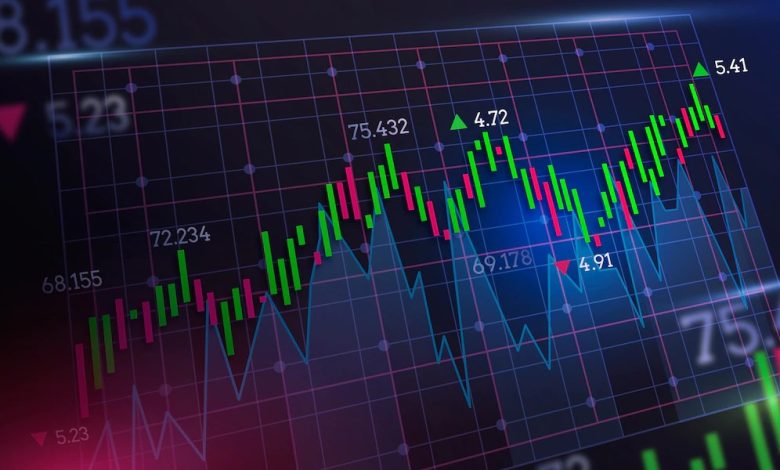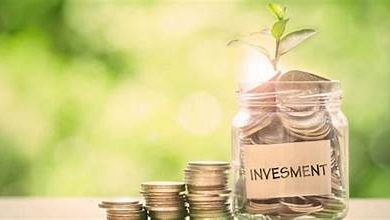
Precious metals like gold and silver have always been highly prized since ancient times because of their monetary value. Therefore, a savvy investor’s present portfolio should still contain such precious metals along with other trendy ones. But which precious metal should you buy if you want to make money? The most important question is how to understand their significance. In this article, let’s find out the classifications of precious metals to help you indulge your inner treasure hunter to acquire some gold, silver, or platinum.
- Gold
Let’s begin with the original and best example. Gold is one of a kind due to its rarity, malleability, and thermal and electrical conductivity. Although it is used in the dental and electrical industries, gold is better known as a jewelry component and a medium of metal trading.
- Silver
Silver’s value in spot metal trading fluctuates because of its dual nature as an industrial metal and a store of wealth, whereas gold’s value remains relatively stable. This explains why this market’s price swings are more extreme than the gold market’s. The industrial supply and demand equation for silver has a substantial impact on its price, even though silver trades at around the same level as gold as a store of value.
2. Platinum
Platinum, like gold and silver, is a precious metal in metal trading and is traded continuously on international commodity exchanges. Because of its extreme rarity, it commands a premium above gold even during times of relative market and political calm. Each year, much less of the metal is extracted.
3. Palladium
Palladium, which is less well recognized than the other three metals listed above, is widely used in industry. A silvery metal, is utilized widely in production, especially for electronics and industrial goods. It also has uses in the fields of dentistry, medicine, chemistry, jewelry, and even the purification of groundwater. The United States, Russia, South Africa, Zimbabwe, Canada, Australia, and Finland are significant producers of this uncommon metal, which has atomic number 46 on the periodic table of elements.
Precious Metals Exchange:
The bullion market is the main marketplace for trading bullion and finding precious metal futures and is active around the clock. A large percentage of the day’s bullion trading prices are included in the bullion market’s trade volume. Nowadays, spot metal trading is often finalized by some kind of electronic communication or telephone. London, New York City, Tokyo, and Zurich are just a few of the many cities throughout the world that have the greatest bullion markets.
- Acquisition of and Speculation in Bullion
Buying and selling bullion is only one of several methods to profit from this asset. The price of bullion, like the price of any other investment, is subject to market forces and so carries the risk of loss. The following are only a handful of the most common bullion investment strategies used by market players today.
2. Outward Appearance
Precious metals can be purchased in the form of physical bullion or paper. Coins or bars of gold or silver may be acquired from a trustworthy vendor and stored in a safe deposit box at home, a bank, or a third-party depository.
3. Money Market Funds (ETFs)
The bullion market may be accessed via exchange-traded funds (ETFs) that invest in gold and silver. Exchange-Traded Funds (ETFs) are a kind of investment vehicle that holds a portfolio of assets and, often, follows an underlying index. Trading metals like gold and silver exchange-traded funds (ETFs) may not own physical metals but rather gold certificates or silver certificates.
4. Financial Agreements of the Future
Investors may also purchase a futures contract on bullion, which is a binding agreement to trade metal commodities at a certain price on a future date. The seller of a gold or silver futures contract is required to deliver the stated quantity of gold or silver to the buyer on the contract’s expiration date. The buyer will only have ownership of a paper gold contract until delivery occurs.
A collection of valuable metals should be diversified in the same way that any other inventory of commodities is. Silver and gold are often recommended as good entry-level investments. Many investors diversify into platinum, copper, and palladium after establishing a good representation of each metal kind. For more information on precious metal futures, contact ICM.com today!
A single trading account provides access to all of ICM’s trading products.
We give you a guide to investing in precious metals.



